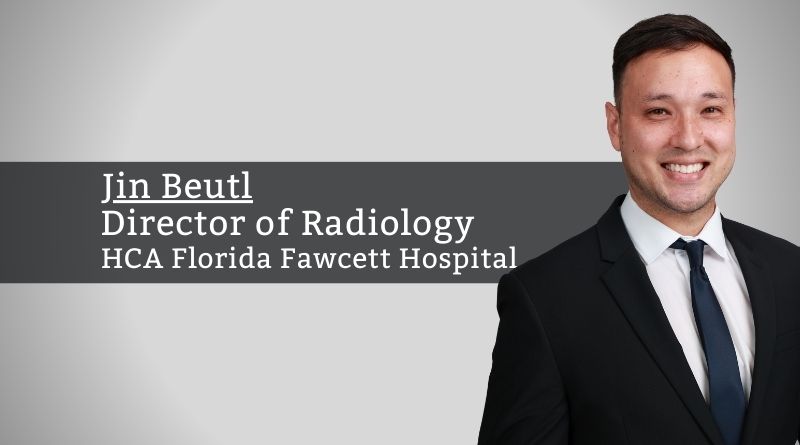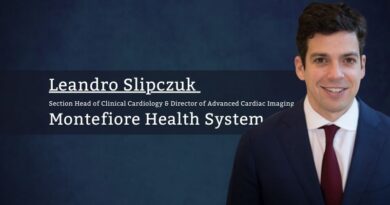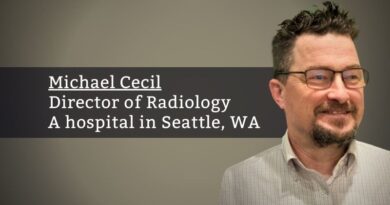Best Practices with ALARA
By Jin Beutl, Director of Radiology, HCA Florida Fawcett Hospital
Every radiology modality should strive to follow ALARA – which stands for As low as reasonably achievable. This sole guiding principle of radiation safety is one of the most important practices in medical imaging field in past, present and future generations. Not all imaging modalities use radiation, but for the ones that do, such as CT scan or diagnostic radiology, time, distance and shielding help protect that patient and achieve the concept of ALARA.
Time refers to the amount of time spent close to the radioactive center. The tech should only do what needs to be done, minimizing the time required to complete the job. There is no need to spend more time around that area once the specific case or exam is finished. This practice applies to the tech doing the exam, the patient and everyone involved. The perfect expression here would be the classic phrase, time is of the essence. Every hospital wants to protect its employees and patients from harm. Ensure someone monitors the time in and out for cases and documentation of fluoroscopic times of radiation output is critically important. HCA Healthcare has a designated radiation safety officer who focuses on ensuring the hospital follows up-to-date standards and policies.
If you stand next to a heater, you will feel the heat piercing through your skin, making you feel very hot and uncomfortable. This is why distance is another best practice. Ensure techs and other colleagues are at a safe distance from the radioactive source. When we X-ray pediatric patients, parents come with the child into our radiology room to provide extra comfort for the child. Ensure they stand behind a lead-lined wall or far away from radiation. If you increase your distance, you decrease your dose.
HCA provides PPE to every staff and ensures protocols and policies followed to keep both patients and employees safe. HCA’s motto is “Above all else, we are committed to the care and improvement of human life.” In addition to PPE, proper shielding is another best practice while dealing with radiologic procedures. Just because it is available, doesn’t mean everyone always shields themselves or provides education as to why shielding is so important around radiation. To care for human life, we must protect and educate our future. HCA goes above and beyond providing training and courses on understanding radiation safety and shielding. There needs to be something between you and the radiation source, especially if you are in a procedure that requires a heavy output of fluoroscopic radiation.
The radiologic techs at HCA practice this to ensure patients are not overexposed in surgery cases requiring a C-arm. Depending on various procedures in the OR, some may require quite a bit of fluoroscopic radiation for the surgeon to operate. In this case, it is extremely important that radiology staff take a leadership stance on ensuring everyone in the room is aware of the radiation risks and provides shielding. Other staff members may not fully understand the risk of long-term radiation, but as a radiologic tech, the education of a 2-year program gives us proper insight on this information.
HCA incorporates ALARA through continuous employee education and training to keep the staff up-to-date with the latest technological advancements and best practices. The focus is to find key methods to help implement the concept of ALARA and share it with everyone. When best practices are found, it is important to implement and ensure it works. Once all the technical aspects are sorted out, another key concept is sharing that best practice with other hospitals. Because of how large HCA Healthcare is, the benefit gets shared and best practices are taught everywhere. If you want to make a difference in radiologic healthcare, radiation safety would be the first greatest factor to solve and overcome. To keep advancing in the area of radiation safety, lowering radiation dose but still receiving optimal quality imaging should be at the heart of every imaging technologist.



